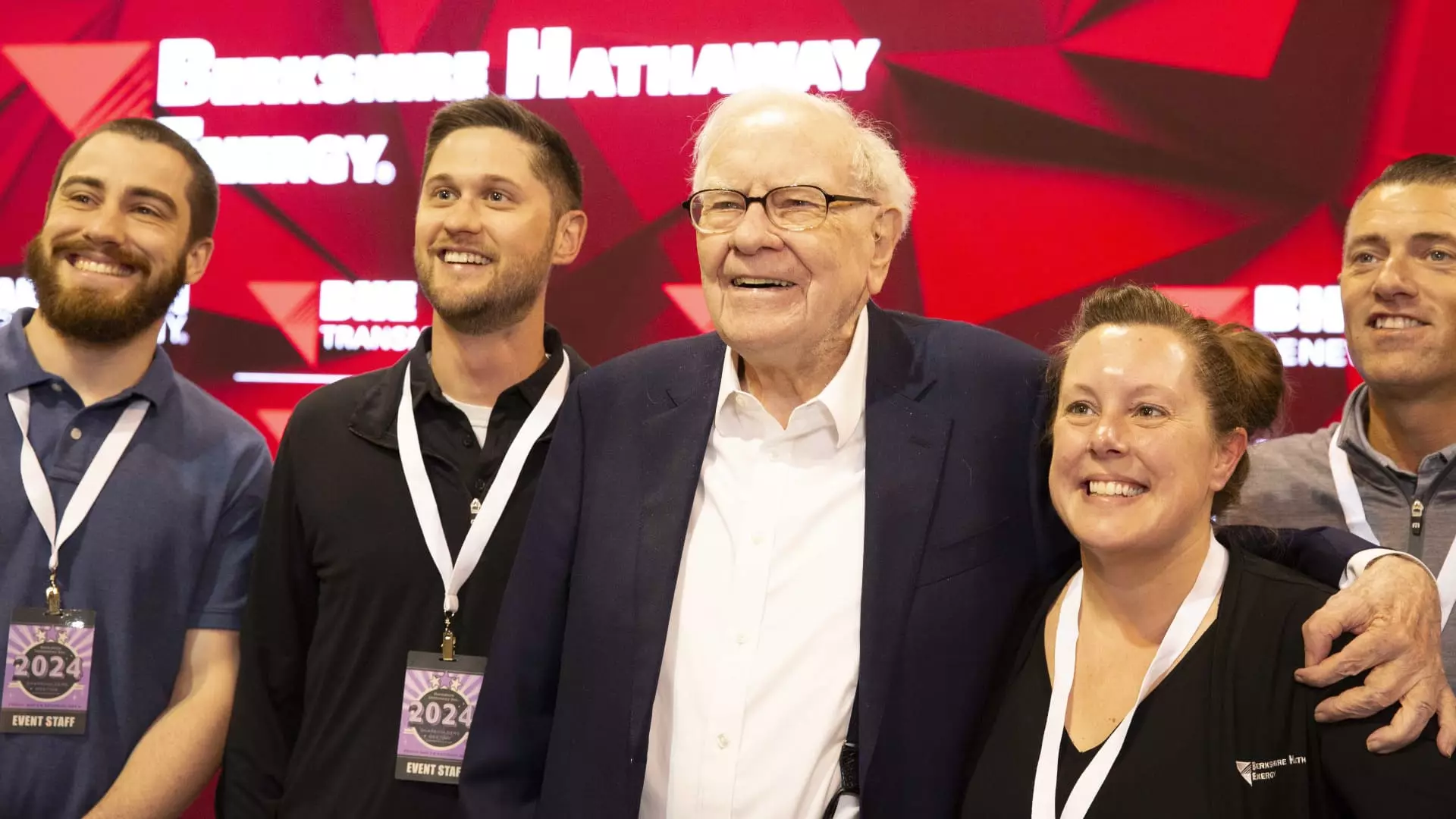Berkshire Hathaway’s cash pile is on track to surpass $200 billion, which is more than Hungary’s total annual gross domestic product. This is a significant increase from the previous record of $189 billion that was set in the first quarter. This unprecedented cash hoard comes at a time when CEO Warren Buffett has been selling off some of his favorite stocks like Apple, Bank of America, and BYD. Some analysts speculate that Buffett’s decision to trim his holdings is a sign of his concerns about the overheated bull market.
De-Risking the Portfolio
Buffett has been reducing his stock holdings for the past six quarters, shedding some of his top investments including Apple and Bank of America. The recent 13% reduction in his Apple holdings was primarily for tax reasons, but the selling spree has continued into the second quarter. Berkshire’s decision to offload Bank of America shares, a move that started in July, has surprised many investors. This strategic move has led to the conglomerate selling $3.8 billion worth of Bank of America shares over the past 12 trading sessions.
Berkshire’s huge cash reserves have been earning substantial returns due to rising Treasury yields in recent years. However, with interest rates expected to decline, questions have been raised about the sustainability of this strategy. Currently, if invested in Treasury bills at 5%, a $200 billion cash pile could generate $10 billion annually. Yet, as interest rates decrease, these returns are likely to diminish. Analysts are closely monitoring how Buffett plans to utilize this cash, especially with the looming prospect of lower interest rates.
A Prudent Approach
Buffett, who will turn 94 soon, has expressed his willingness to deploy capital but is cautious due to high market valuations. He emphasized the importance of making investments that offer minimal risk and significant returns. Despite having a substantial amount of cash on hand, Buffett remains patient and selective in his investment decisions. He highlighted the unattractiveness of current opportunities in the market, which has led to the accumulation of a massive cash pile.
Aside from the cash reserves, investors are also closely examining Berkshire Hathaway’s business operations. The BNSF Railway and Berkshire Hathway Energy utility business have shown signs of weakness, with challenges such as wage increases and revenue declines affecting BNSF and liability exposure affecting BHE. On the other hand, Berkshire’s insurance business has been a bright spot, with a significant increase in underwriting earnings in the first quarter despite other operational challenges.
Despite these challenges, Berkshire Hathaway’s stock has rallied more than 21% this year, outperforming the S&P 500. The conglomerate’s market capitalization has surged to $956 billion, bringing it close to joining the elite group of U.S. stocks valued at $1 trillion or more. This strong market performance reflects investor confidence in Berkshire’s long-term potential, despite the current uncertainties surrounding its cash reserves and business operations.
Berkshire Hathaway’s massive cash pile, coupled with Warren Buffett’s strategic decisions to sell off certain stocks, has sparked both curiosity and concern among investors. The future utilization of this cash hoard, along with the performance of its core businesses, will determine the conglomerate’s growth trajectory in the coming quarters. As Buffett navigates the challenges of a changing market landscape, stakeholders will be closely monitoring his next moves to unlock value and sustain Berkshire’s legacy as a leading investment vehicle.

